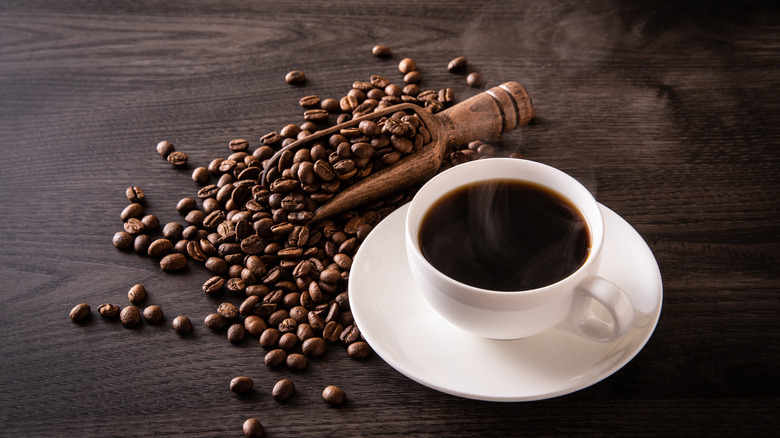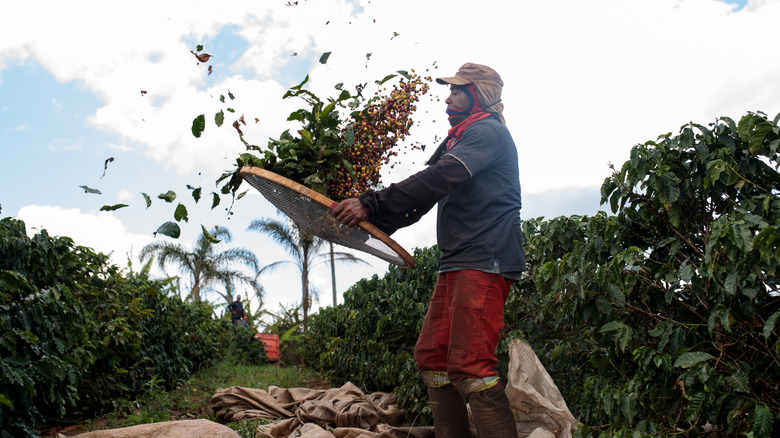How Brazil's Most Recent Cold Snap Is Affecting Coffee Prices
If the price of your Starbucks or McCafe order goes up, you may have a killing frost in Brazil to blame. But the price bump may not happen until pumpkin spice latte season, or maybe not even until next year.
Farmers in the coffee-growing state of Minas Gerais, Brazil arrived at their fields on July 20 to find plants covered with frost from an unusual cold snap, according to the Star Tribune. The temperature in the southeastern Brazil state dropped to 29 degrees — not too bad if you're used to U.S. winters, but cold enough to kill 80,000 coffee trees at a single farm, according to reports. After the frost, the futures price for arabica coffee jumped above $2 a pound, the highest it's been since 2014, according to Science X. If you're not a coffee farmer or someone who plays the commodities markets, don't fret just yet. It usually takes three to nine months for a spike in the futures price to trickle down to coffee shops in the U.S. and Europe. In this case, any price increase may take even longer to reach your local Starbucks drive-thru. The Star Tribune reported that most of this year's crop in Brazil had been harvested before the cold snap, so most of the damage was to the 2022 crop.
General inflation will also factor into rising coffee prices
Last week's cold snap followed a historic drought in Brazil that had already reduced the size of the crop in the world's largest coffee-producing country, per Reuters. After all of Brazil's uncooperative weather, people who follow the coffee market are predicting the 2022 harvest will be 4.5 million bags less than the nearly 70 million bags originally anticipated.
While the futures price of arabica coffee has gone up a whopping 60% since January, according to Science X, prices are still low compared to 2011, when a pound of arabica cost $3. Coffee consumers may cheer the current era of low prices, but farmers suffer. The media often refer to a global coffee crisis when discussing the chronically low price of beans. Most coffee producers have been operating at a loss for the past four or five years. More than 60% of coffee growers in Mexico and certain Central American countries said they found it difficult to adequately feed their families over the past decade, according to BBC.
Meanwhile, coffee drinkers in America don't need to worry about a 60% increase in the price of their latte or Frappuccino. The retail price of coffee is affected by much more than farmers' yields. Transportation, packaging, and marketing also factor in, Science X said, adding that coffee prices also could rise a little due to the overall inflation in the economy.

